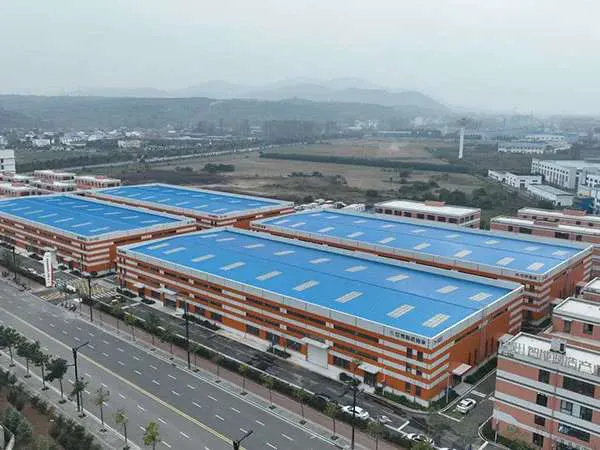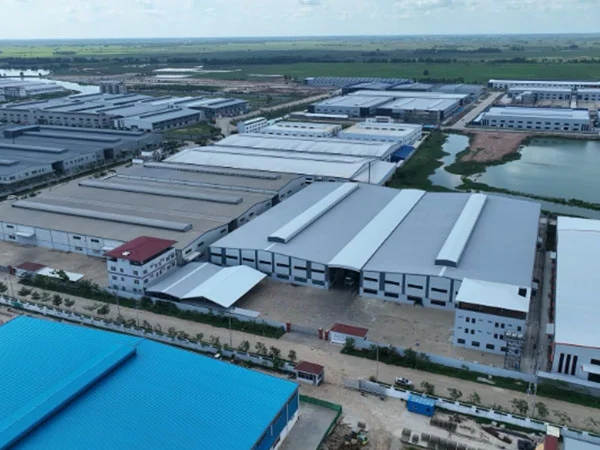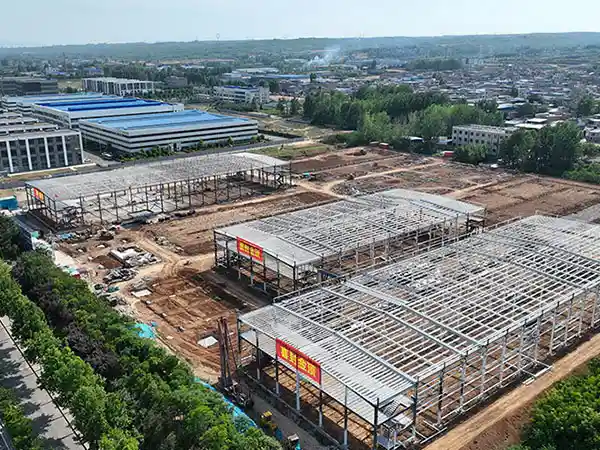Steel structure factory buildings are increasingly favored in industrial construction due to their short construction cycle, lightweight structure, and strong scalability. However, construction costs can vary significantly across different projects. This article will systematically analyze the main factors affecting the construction cost of steel structure factory buildings and provide optimization suggestions to help companies scientifically control their budgets.
The Impact of Material Selection on Construction Costs
Materials are the most direct factor affecting the construction cost of steel structure factory buildings. The material, specifications, and quality of the steel directly determine the procurement cost:
High-strength steel: Expensive, but reduces structural weight and lowers foundation costs.
Low-grade steel: Inexpensive, but may increase maintenance and reinforcement costs.
Roofing, wall, and anti-corrosion coating materials: Different material choices directly affect the overall cost.
Design Complexity and Construction Costs
The complexity of the factory building design directly affects processing difficulty, construction cycle, and labor costs:
Irregularly shaped structures or large-span designs increase construction difficulty and time.
Standardized and modular designs can shorten the construction period and reduce construction costs.
Impact of Construction Technology on Costs
Construction methods directly affect construction efficiency and cost control:
Advanced construction technologies, such as precast component assembly, hoisting technology, and intelligent construction equipment, can shorten the construction cycle and reduce labor input.
Traditional construction methods: On-site welding or cutting equipment has low cost, but the construction cycle is long, labor intensity is high, and costs may be higher.

Labor Costs
Labor costs are an indispensable part of construction:
Skilled workers, although their wages are slightly higher, can reduce rework and material waste, thus reducing the overall cost in the long run.
The efficiency of worker team organization directly affects construction progress and cost control.
Impact of Market Conditions on Construction Costs
The market environment affects steel prices, construction machinery rental costs, and labor costs:
Fluctuations in steel prices may lead to budget deviations.
…
For more detailed information on factors affecting the construction cost of steel structure factory buildings, please click to visit: https://www.hcggsteel.com/a/news/factors-affecting-the-construction-cost-of-steel-structure-factory-buildings.html









